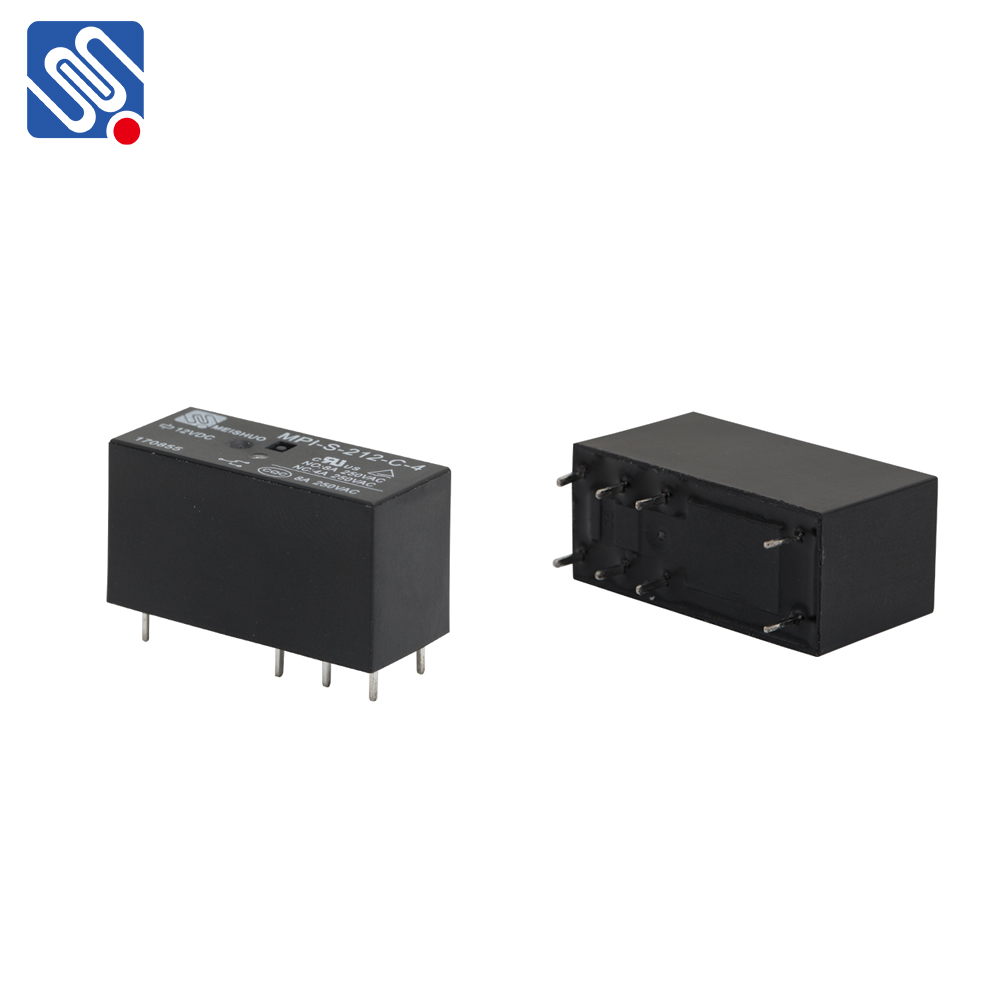In modern wireless communication systems, efficiency is a critical factor for ensuring optimal data transmission. One concept that plays a crucial role in enhancing system performance is Relay Efficiency. Relay efficiency refers to how effectively a relay node transmits or forwards a signal from the source to the destination node in multi-hop communication systems. As wireless networks become more complex, especially with the advent of 5G and beyond, relay nodes are becoming increasingly important. This article delves into the significance of relay efficiency, factors influencing it, and how it impacts the overall performance of wireless networks.

The Role of Relays in Communication Networks In traditional single-hop communication systems, the signal from the source node is directly transmitted to the destination node. However, in more advanced and large-scale systems, particularly in areas where direct communication between source and destination is not feasible due to distance, obstructions, or interference, relay nodes are used. These relay nodes help in forwarding or amplifying signals between the source and destination, often in a multi-hop manner. Relay systems help overcome challenges such as poor signal strength and interference in large or densely populated areas. These relays can significantly improve network reliability, extend coverage, and increase data throughput. However, for a relay system to be efficient, each relay node must optimize both energy consumption and signal amplification while minimizing transmission losses.